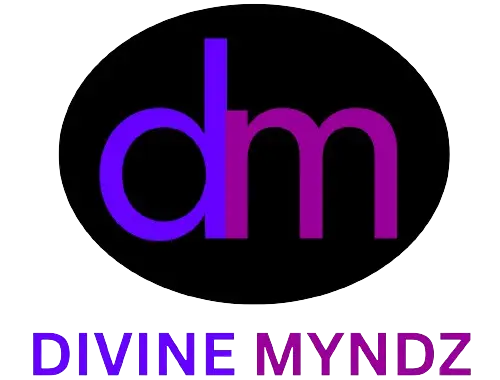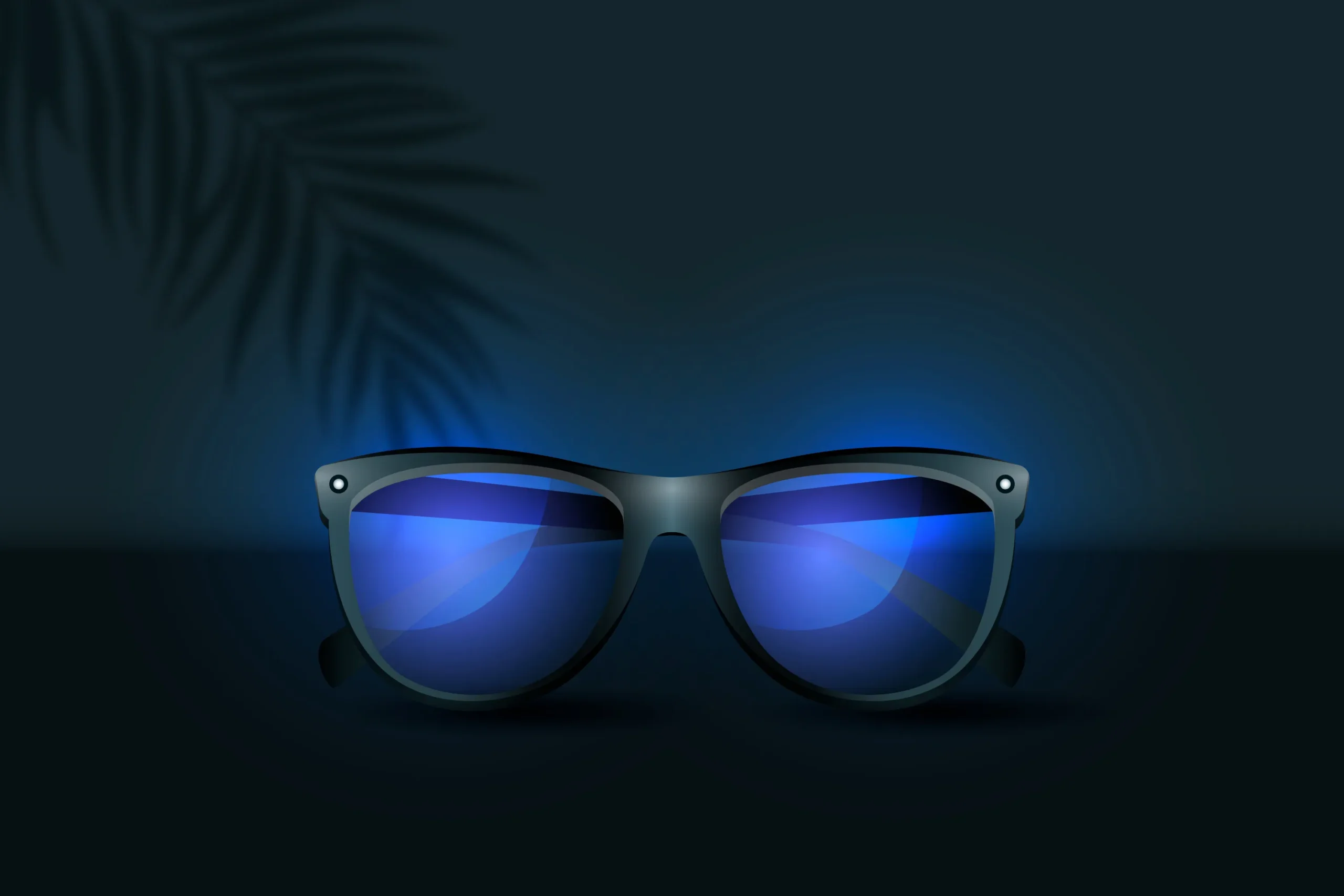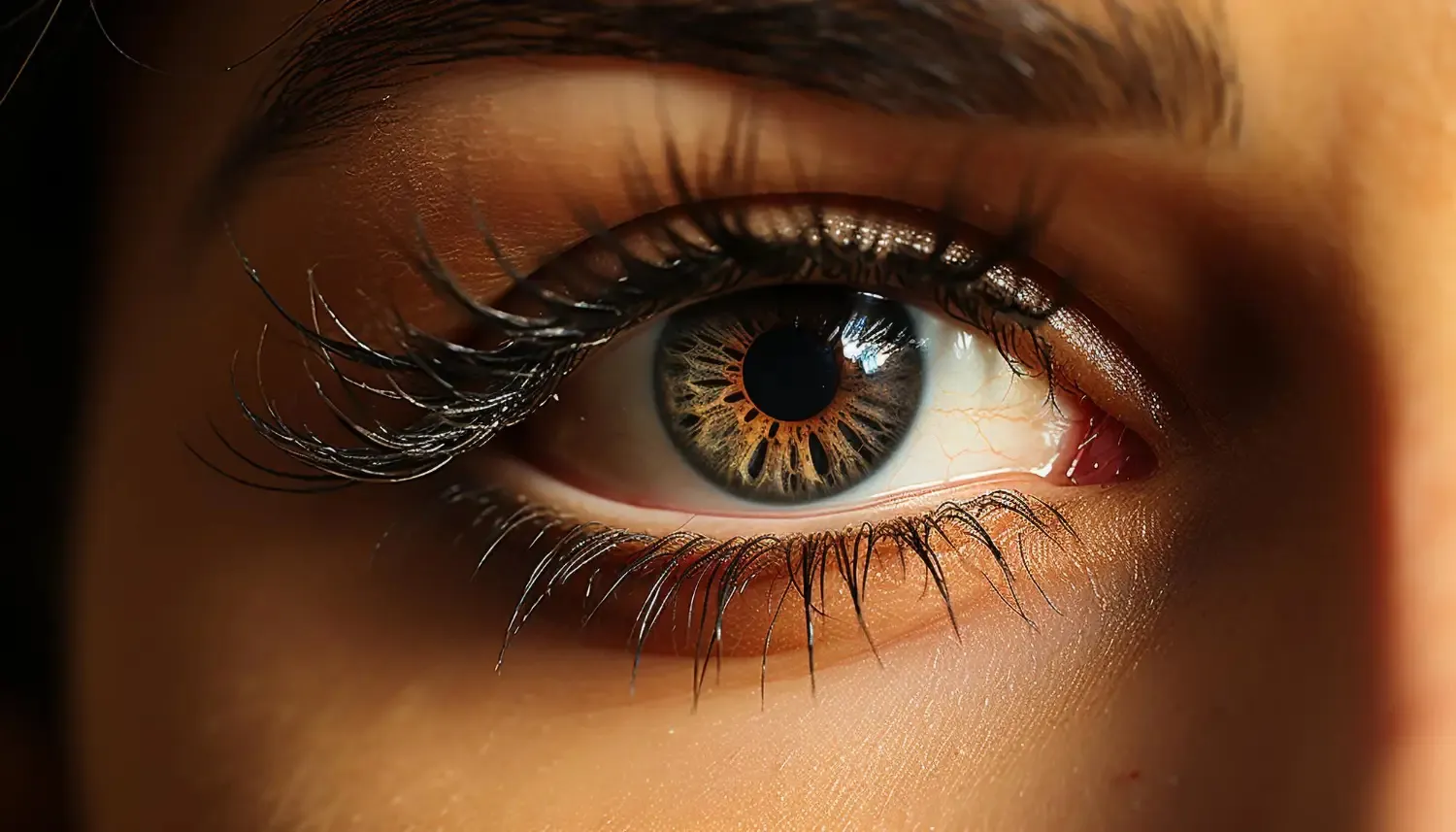Sight vs Vision: Knowing the Difference is Key

Our ability to function, as an organism, rests on our capability to sense our surroundings, adapt to it, thrive in it and ultimately change it. A key aspect of this are our senses. As humans, we have several senses that provide us with a variety of inputs, without which our capabilities are severely restricted affecting our abilities. One such sense is the sense of Sight.
The sense of Sight is enabled by our Eyes. Our eyes use the power of light to form images of our surroundings. These images are formed using complex systems within the Eyes to create a multidimensional view of what is around us.
But, where does Vision come in? Vision is a broader concept. Our Sight is one component of Vision. The other components are the nerve bunches that transmit the images from the eyes to our brain, the brain itself which does multiple functions with the images and the ultimate use of the images to control other output functions such as muscular movement. The brain performs processing functions such as Perception, Interpretation, Cognition and Memory using sensory input such as Sight. Activities such as Decision making, Motor control, Emotion, Memory recall, Relational thought, etc. are all based on the foundation of sensory input and the brain’s capability to process the sensory input. The Vision System thus is a complex sub-system encompassing Sight, Perception, Memory, Cognition, Interpretation and the many neural pathways that interconnect the physical elements of the eyes and the brain.
What is Vision Therapy?
Now that we have a distinction between Sight and Vision, we can define what Vision Therapy is and explore its benefits. The fundamental nature of therapy is the focus on individual needs. This customization of treatment is based on the understanding that each individual needs to be individually assessed to determine the deviations from a pre-defined normal. This assessment helps direct a treatment customized to create a path for course correction. There are several therapies available today such as drug therapy, psychotherapy, physiotherapy, speech therapy, vision therapy, etc.

Vision Therapy, as the name suggests, involves assessing the Vision System and its influence on motor function to determine deviations from a defined normal. VT is a non-invasive treatment technique and involves a series of activities, which may use tools such as filters, lenses, prisms, etc., tailored to the particular individual to address issues in Sight, Perception, Interpretation, Cognition, Memory and vision co-ordinated Motor Function.
What about the other Senses?

The Vision System is no doubt part of the larger complex system comprising other senses, organs, muscles that are vital to our existence. Vision Therapy recognizes this complex system and diligently incorporates relevant aspects of other sensory functions that are critical to the functioning of the Vision System. A Vision Therapy program is thus a mode of treatment that aims to be wholistic in its approach.
How do I know if Vision Therapy (VT) can help me?
Similar to other therapies. the first step is to become aware of symptoms that you experience. For example, as a community, we have now become aware that a high temperature is a symptom that requires an assessment and subsequent drug therapy. Vision Therapy also begins with the recognition of symptoms that help us determine if an assessment is needed. Since the Vision System involves the Brain, several symptoms can manifest as behaviours. Our traditional knowledge of symptoms has largely ignored behavioural aspects. During the COVID pandemic, a major symptom for people who were critically ill with COVID was Delirium, which is primarily observed through behaviour. Our behaviours form an important part of identifying symptoms that warrant an assessment. An assessment will determine if Vision Therapy can help identify underlying causes of the symptoms and if Vision Therapy can address these causes. If a broader approach that involves multiple therapies are needed, these can also be identified.
Terminology: When you visit a neuro/behavioral optometry clinic for an evaluation or treatment, you will likely encounter a set of terms related to this field. Here is a list of terms commonly used to help you get started.

- Visual Acuity
- Amblyopia
- Strabismus
- Accommodation
- Vergence
- NSBVA
- Nystagmus
- Perception
- Interpretation
- Cognition
- Motor Function
- Reflex Integration
- Syntonic Phototherapy
- Computerized Perceptual Therapy
- Sports Vision
- TBI
- Vision Stimulation
We will have an article soon on this blog where you can find relevant material about symptoms that you can use to self-determine if you or someone in your care may need to be assessed. Once the article is available, we will include a link to it from here.






